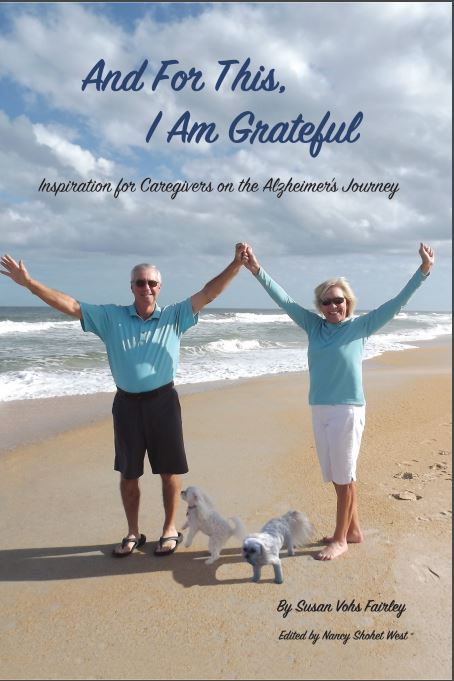I thought we were just about done, but then my client had another idea. Her son was a studio artist, and she wanted to know if we could use some images from his work as well.
We could, of course. The son, with help from his sister, chose some of their favorite examples of his wide range of work: a mural, an illustration, some paintings. He furnished a photo of himself working in his studio as well.
I was struck by what a good idea it was on my client’s part to include these artwork images. Most people who know my client will never visit her son’s studio or see his work in a gallery or on a building exterior. But these few pages in which his work is reproduced will remind them of his talents. The quality of my paperback books certainly doesn’t do justice to full-scale pieces of art the way a real art book with oversized pages and a glossy finish would, but this format makes it accessible to anyone who pages through his mother’s memoir. Not the same as seeing the real artwork, to be sure, but a reminder of what kind of art he makes.
It wasn’t the first time I’d thought about the multiple purposes that memoir pages can serve. My primary goal remains to tell people’s stories through narrated text, but so many other images and ideas find their way onto these pages as well. I had one client whose daughter wanted her mother’s distinctive handwriting not to be lost to future generations, so she asked her mother to handwrite a letter for the end of the book which I reproduced as an image. The words and ideas in her letter could have been communicated just as well in regular print, but this approach captured her unique penmanship as well. Another client had a long-deceased father who had written amusing poems about his children as they grew up; my client had me copy several of his poems into her memoir. A client who had kept the toast her husband gave at their wedding decades earlier asked to have the toast reprinted in the memoir. A client who helped smuggle downed military pilots over enemy lines during World War II had images of her secret service identity cards reproduced in her memoir.
All of these examples remind me that while from an aesthetic point of view paperback books may not be the best medium for anything but words, books remain arguably the most accessible format we have. People can exhibit artwork, photos, even special documents in frames on their walls, but only visitors who come to their homes will see those mementos. Books make materials of every kind – narratives, yes, but also images and poems and song lyrics – available to anyone who picks up the memoir and pages through it.
If you are thinking about a memoir project, consider what other components you might want to include in addition to text. Snapshots, yes, but what else? Images of art, postcards, letters, poems, songs? All of it can be captured in the pages of your memoir – taking the story beyond words on paper and turning a book into something almost like a three-dimensional creation.

 RSS Feed
RSS Feed